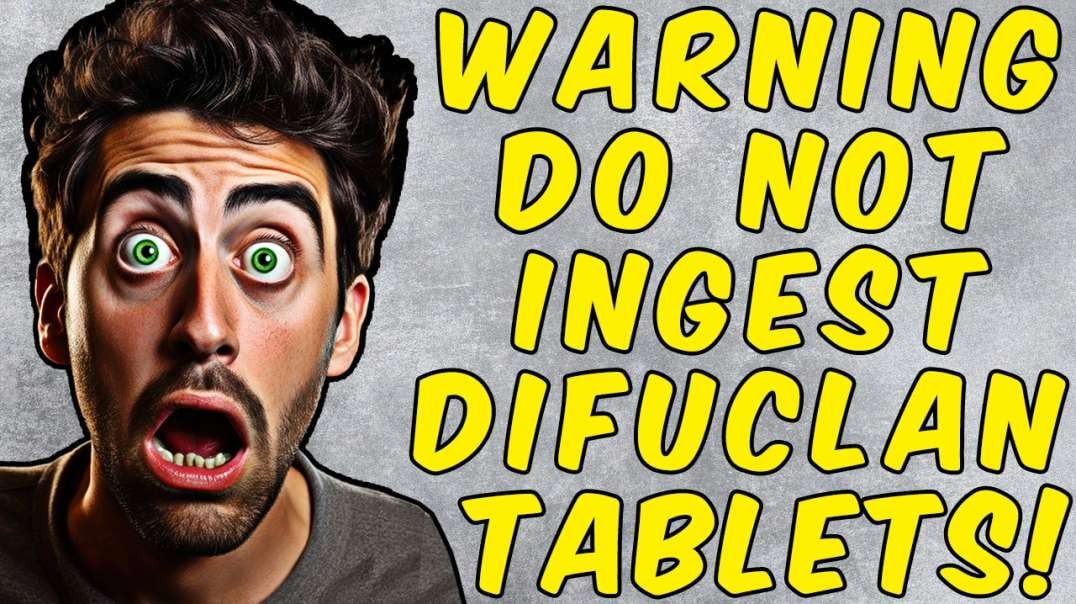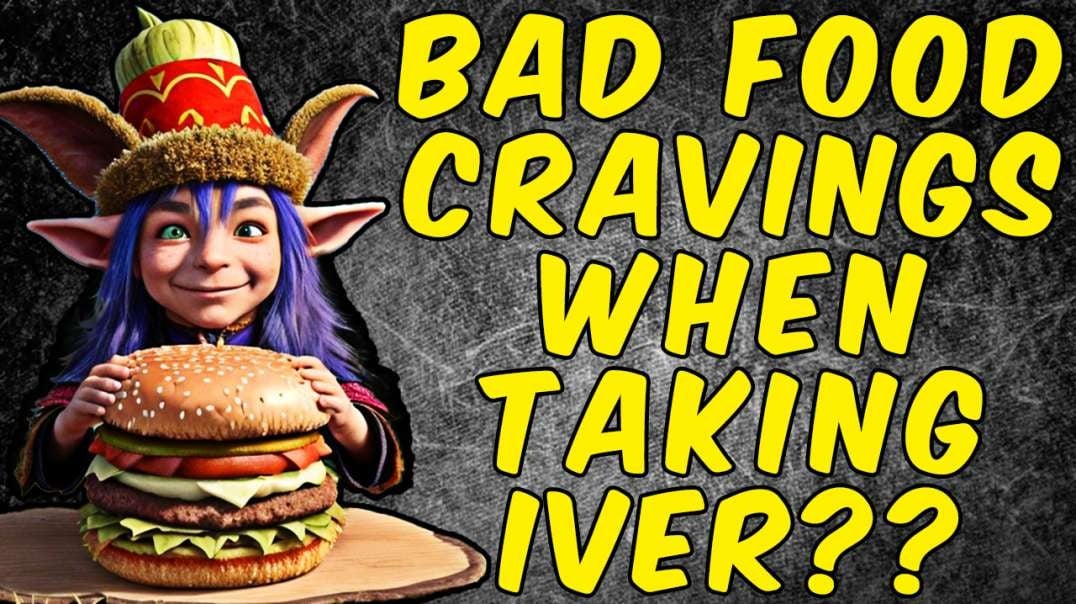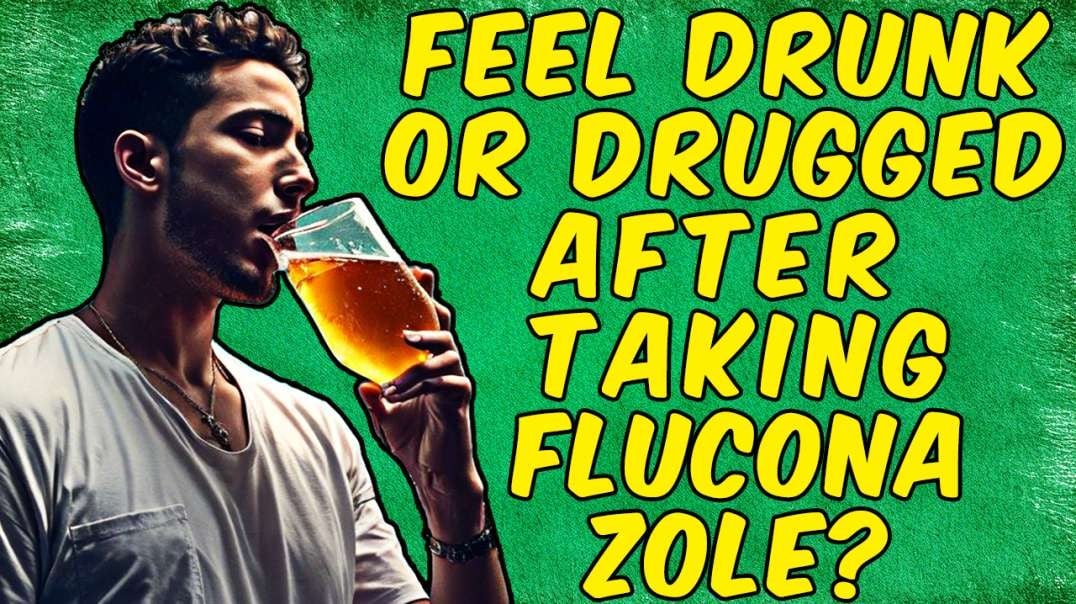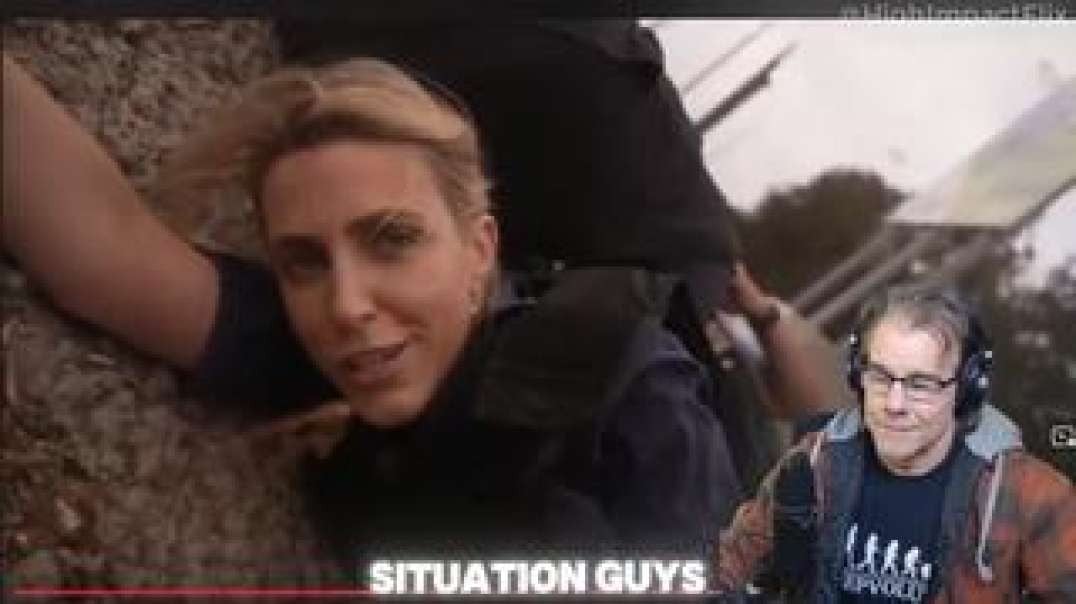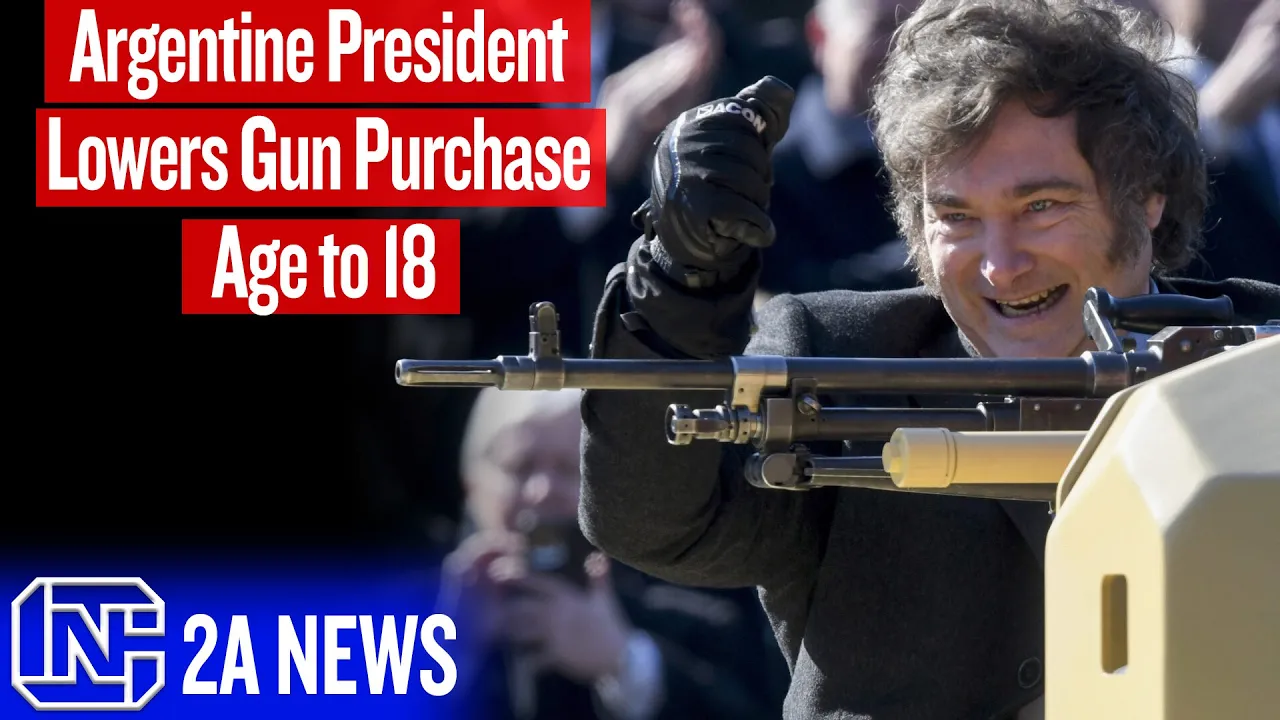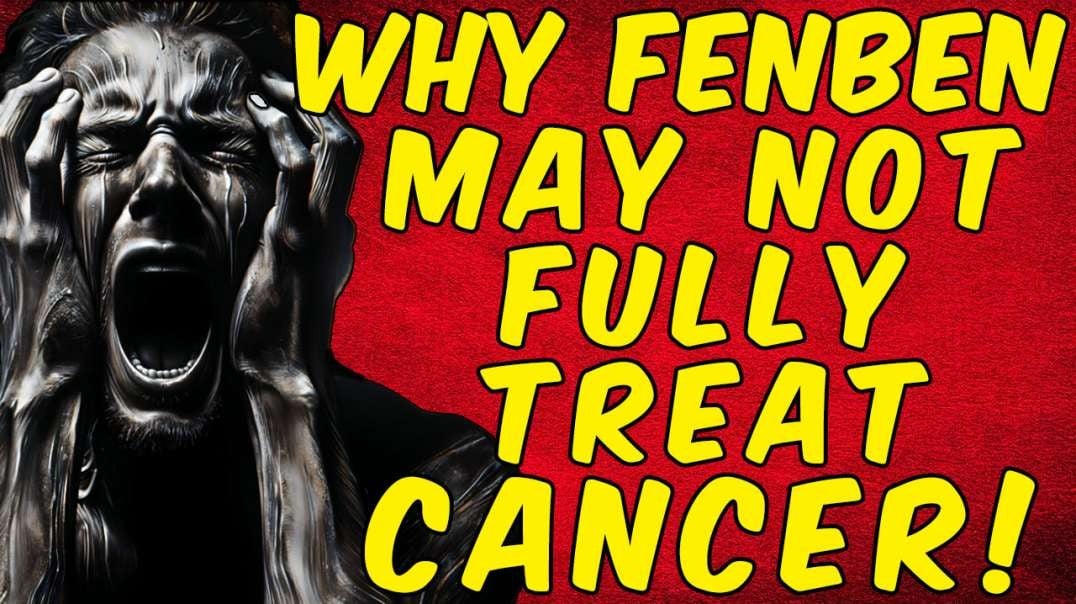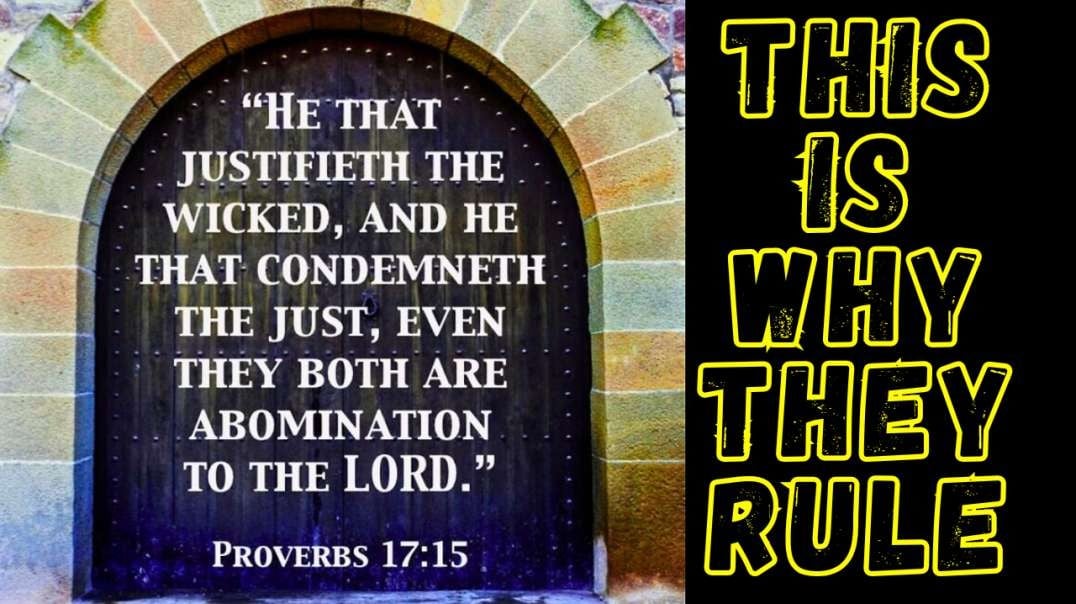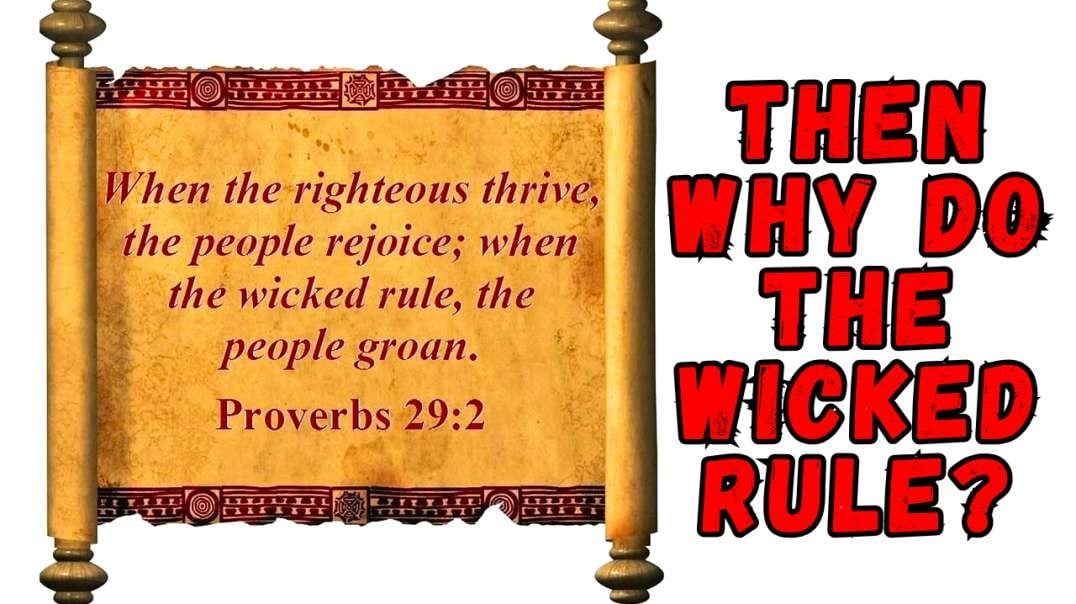Why is vanilla so expensive? | The Economist
In recent years, natural vanilla has sometimes been more expensive than silver by weight. Vanilla farmers in Madagascar are cashing in—but violence, theft and volatile markets are threatening their prospects.
Read more here: https://econ.st/2W5qwNB
Click here to subscribe to The Economist on YouTube: https://econ.st/2xvTKdy
From ice cream to cakes and even perfume, vanilla is the go-to flavour the world over. In recent years the price of natural vanilla has shot up. At one point it was more expensive than silver by weight.
80% of the world’s vanilla is grown in the perfectly suited climate of the north-east region of Madagascar. It’s the country’s primary export crop. For the farmers, like Beni Odon, life is far sweeter when the vanilla price is high.
In 2014 vanilla was $80 a kilo. Three years later it was $600. Today it’s around $500. The price rise is due in part to global demand. The trend of eating naturally means that food companies have shunned synthetic flavouring in favour of the real deal. Beni and the other farmers are cashing in.
But things can change very quickly. Price fluctuations affect producers of agricultural commodities everywhere but vanilla is particularly volatile. In just a few weeks the price can jump, or plummet, by over 20%
Liberalisation is one reason for such movements. The Malagasy government once regulated the vanilla industry and its price. But now the price is negotiated at the point of sale which makes for a freer market but a more volatile one. It’s also a tiny industry. A single cyclone can knock out the entire crop within Madagascar. It’s also a difficult and delicate crop to grow.
The growers have to contend with another problem. Thieves are targeting the vanilla crops. Some farmers have resorted to harvesting the beans before they’re ripe but this produces a poorer quality vanilla and ultimately pushes down the price.
The combination of deteriorating quality and high prices is having an effect. The vanilla price bubble may burst. Big buyers that provide vanilla for the likes of Häagen-Dazs and Ben & Jerry’s are now working directly with farmers in a bid to gain greater control over quality. Other companies have started to look elsewhere for their natural vanilla. Indonesia, Uganda and even the Netherlands are growing the crop. For a century Madagascar has enjoyed a near-monopoly on vanilla. But this industry may be in line for a radical overhaul.
For more from Economist Films visit: http://films.economist.com/
Check out The Economist’s full video catalogue: http://econ.st/20IehQk
Like The Economist on Facebook: https://www.facebook.com/TheEconomist/
Follow The Economist on Twitter: https://twitter.com/theeconomist
Follow us on Instagram: https://www.instagram.com/theeconomist/
Follow us on Medium: https://medium.com/@the_economist


